18 products
-
Japanese White Pottery Side-Handled Teapot
 Vendor:Japanese White Pottery Side-Handled TeapotUmi Tea Sets
Vendor:Japanese White Pottery Side-Handled TeapotUmi Tea Sets- Regular price
-
$35.98 USD - Regular price
-
- Sale price
-
$35.98 USD
Quick view
-
Japanese Blue Pottery Side-Handled Teapot
 Vendor:Japanese Blue Pottery Side-Handled TeapotUmi Tea Sets
Vendor:Japanese Blue Pottery Side-Handled TeapotUmi Tea Sets- Regular price
-
$35.98 USD - Regular price
-
- Sale price
-
$35.98 USD
Quick view
-
Japanese Kyusu Stone Texture Teapot
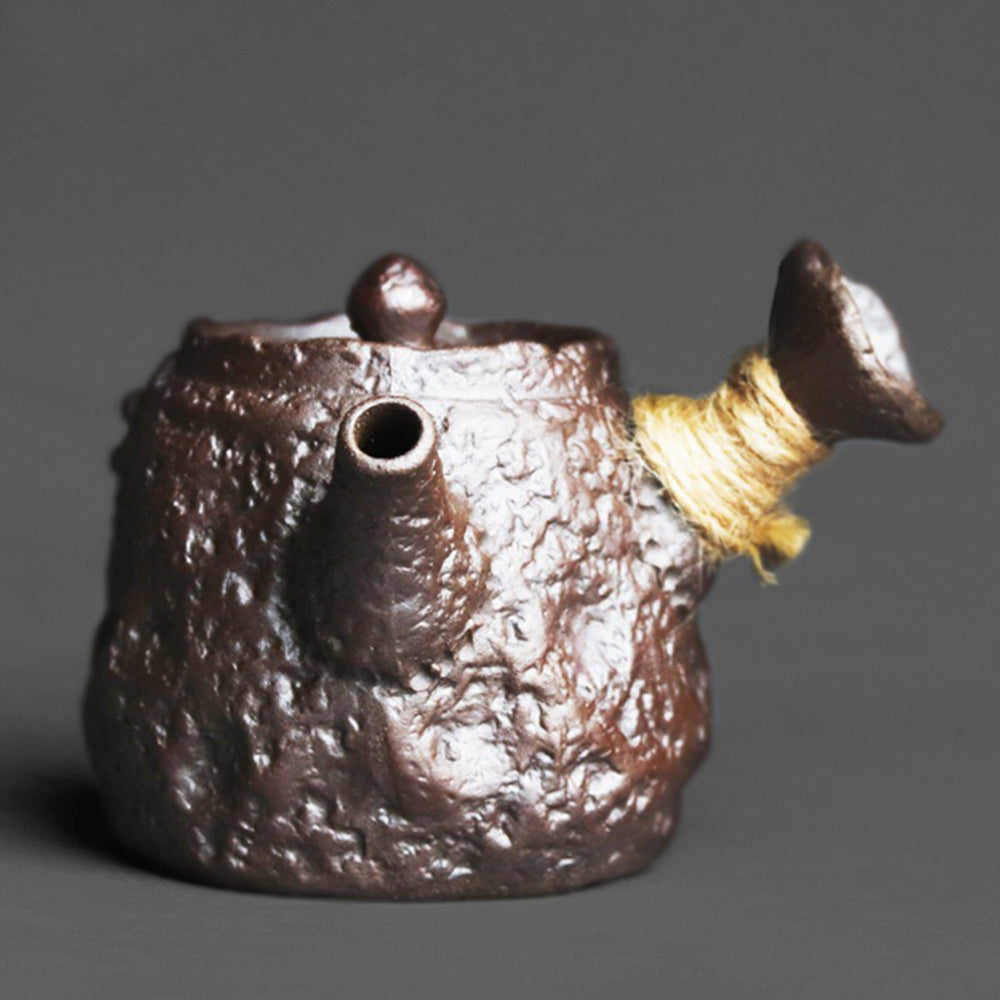 Vendor:Japanese Kyusu Stone Texture TeapotUmi Tea Sets
Vendor:Japanese Kyusu Stone Texture TeapotUmi Tea Sets- Regular price
-
$58.98 USD - Regular price
-
$70.78 USD - Sale price
-
$58.98 USD
Quick view
-
Japanese Gyokko Stone Texture Teapot
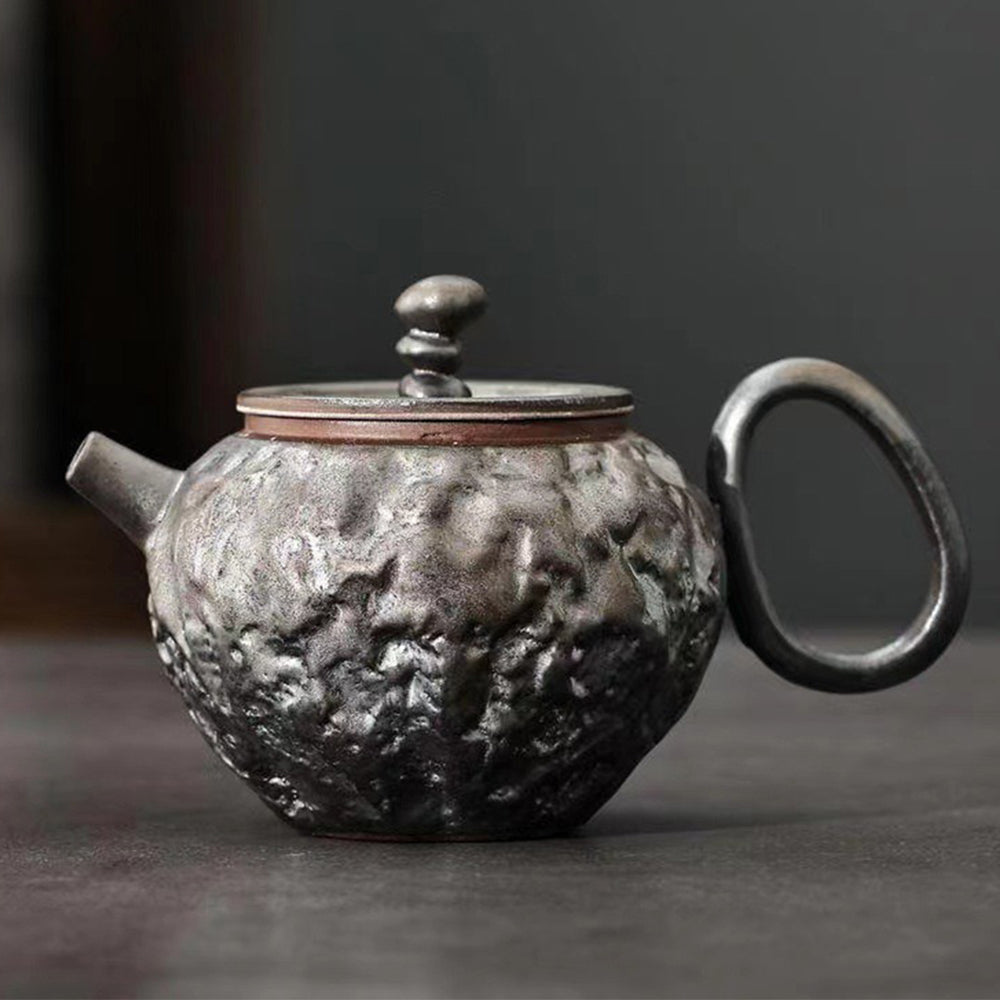 Japanese Gyokko Stone Texture Teapot
Japanese Gyokko Stone Texture Teapot- Regular price
-
$58.98 USD - Regular price
-
$70.78 USD - Sale price
-
$58.98 USD
Quick view
-
Japanese Pottery Gilded Iron Glaze Teapot
 Vendor:Japanese Pottery Gilded Iron Glaze TeapotUmi Tea Sets
Vendor:Japanese Pottery Gilded Iron Glaze TeapotUmi Tea Sets- Regular price
-
$36.98 USD - Regular price
-
- Sale price
-
$36.98 USD
Quick view
-
Japanese Pottery Hammered Teapot
 Vendor:Japanese Pottery Hammered TeapotUmi Tea Sets
Vendor:Japanese Pottery Hammered TeapotUmi Tea Sets- Regular price
-
$35.98 USD - Regular price
-
- Sale price
-
$35.98 USD
Quick view
-
Japanese Kyusu Sand Clay Pottery Teapot
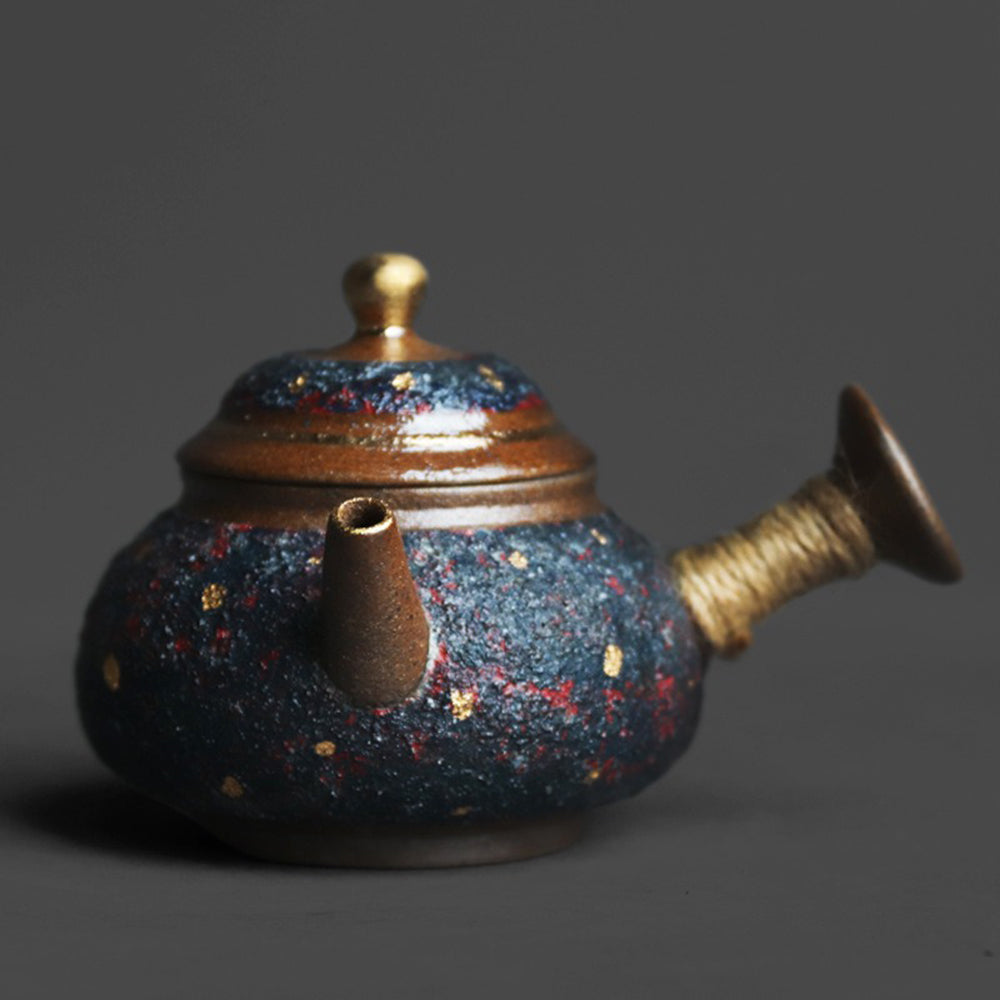 Vendor:Japanese Kyusu Sand Clay Pottery TeapotUmi Tea Sets
Vendor:Japanese Kyusu Sand Clay Pottery TeapotUmi Tea Sets- Regular price
-
$59.98 USD - Regular price
-
$71.98 USD - Sale price
-
$59.98 USD
Quick view
-
Japanese Coarse Pottery Dent Teapot
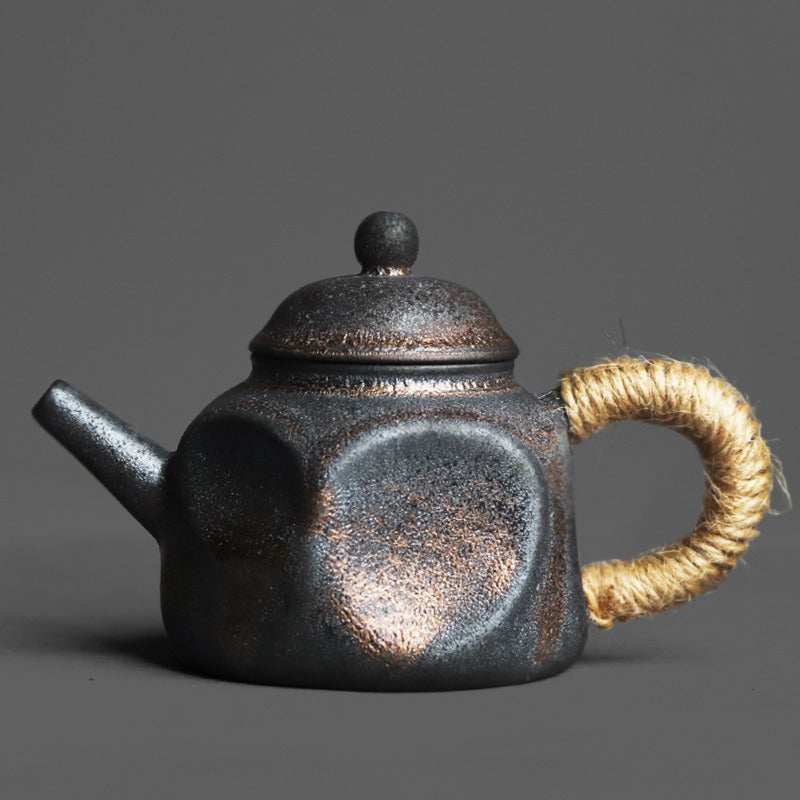 Vendor:Japanese Coarse Pottery Dent TeapotUmi Tea Sets
Vendor:Japanese Coarse Pottery Dent TeapotUmi Tea Sets- Regular price
-
$59.98 USD - Regular price
-
$71.98 USD - Sale price
-
$59.98 USD
Quick view
-
Japanese Gyokko Kiln Teapot
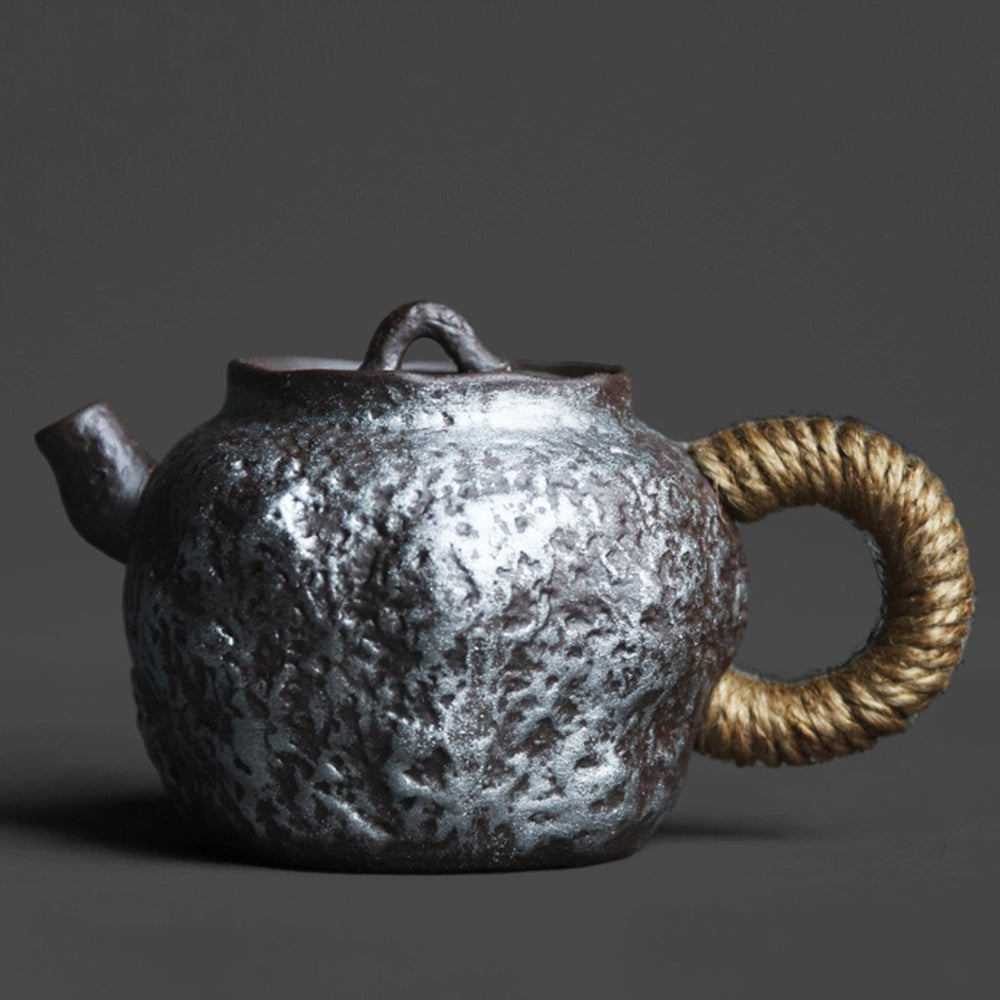 Vendor:Japanese Gyokko Kiln TeapotUmi Tea Sets
Vendor:Japanese Gyokko Kiln TeapotUmi Tea Sets- Regular price
-
$58.98 USD - Regular price
-
$70.78 USD - Sale price
-
$58.98 USD
Quick view
-
Japanese Kyusu Heating Pot With Wooden Lid
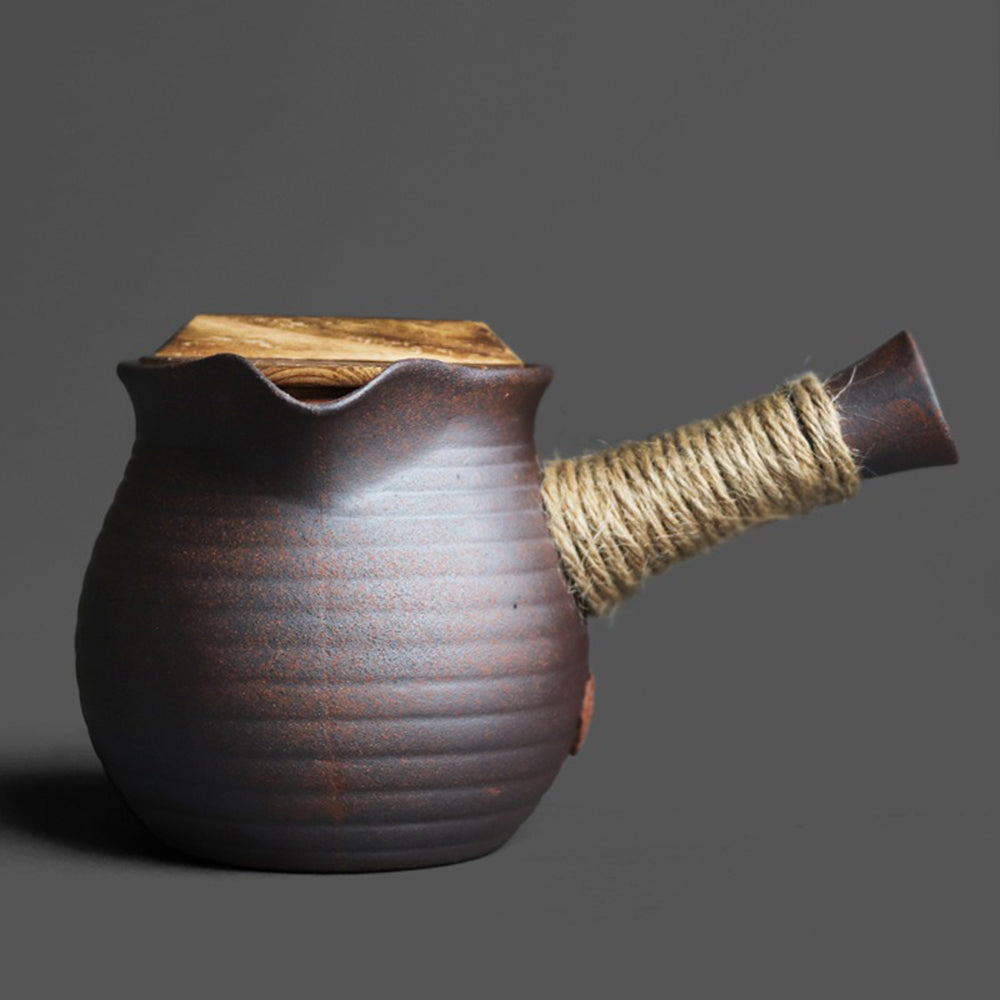 Vendor:Japanese Kyusu Heating Pot With Wooden LidUmi Tea Sets
Vendor:Japanese Kyusu Heating Pot With Wooden LidUmi Tea Sets- Regular price
-
$59.98 USD - Regular price
-
$71.98 USD - Sale price
-
$59.98 USD
Quick view
-
Japanese Handmade Coarse Pottery Teapot
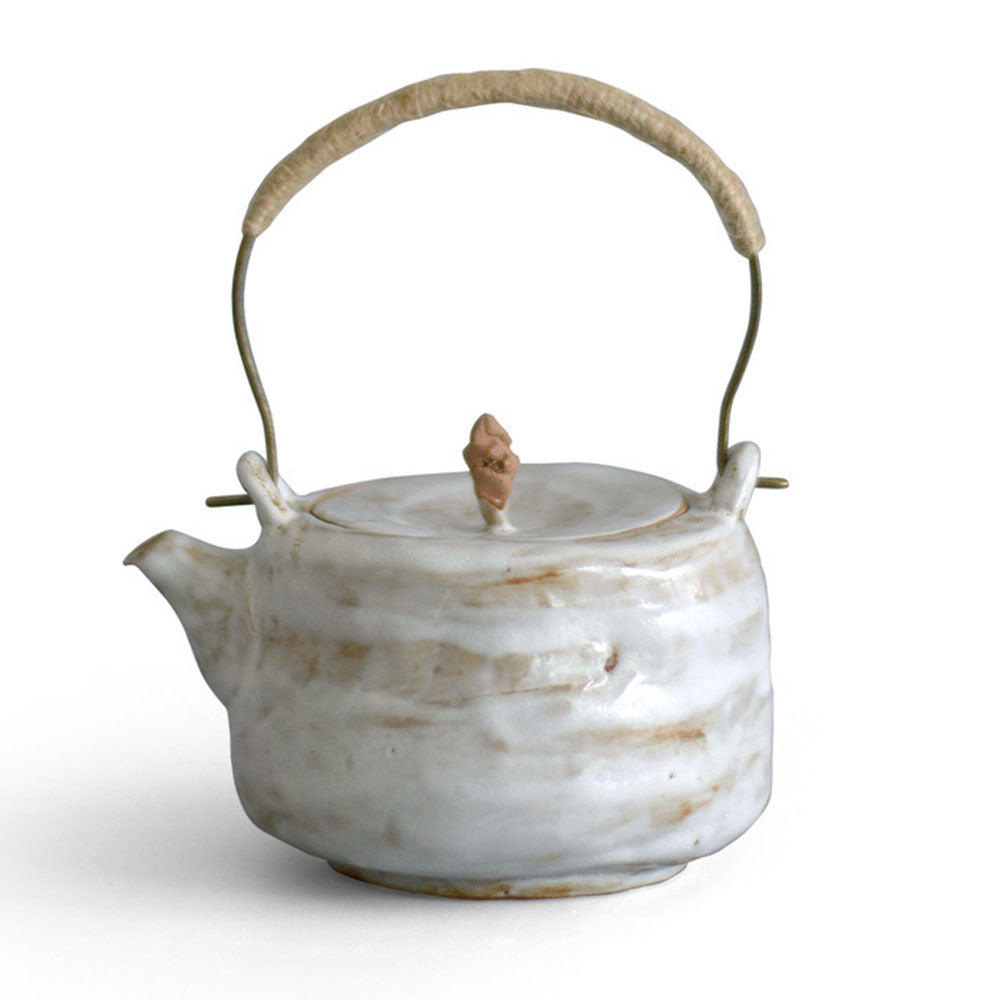 Vendor:Japanese Handmade Coarse Pottery TeapotUmi Tea Sets
Vendor:Japanese Handmade Coarse Pottery TeapotUmi Tea Sets- Regular price
-
$65.98 USD - Regular price
-
$75.88 USD - Sale price
-
$65.98 USD
Quick view
-
Japanese Handmade Rattan Weaving Teapot
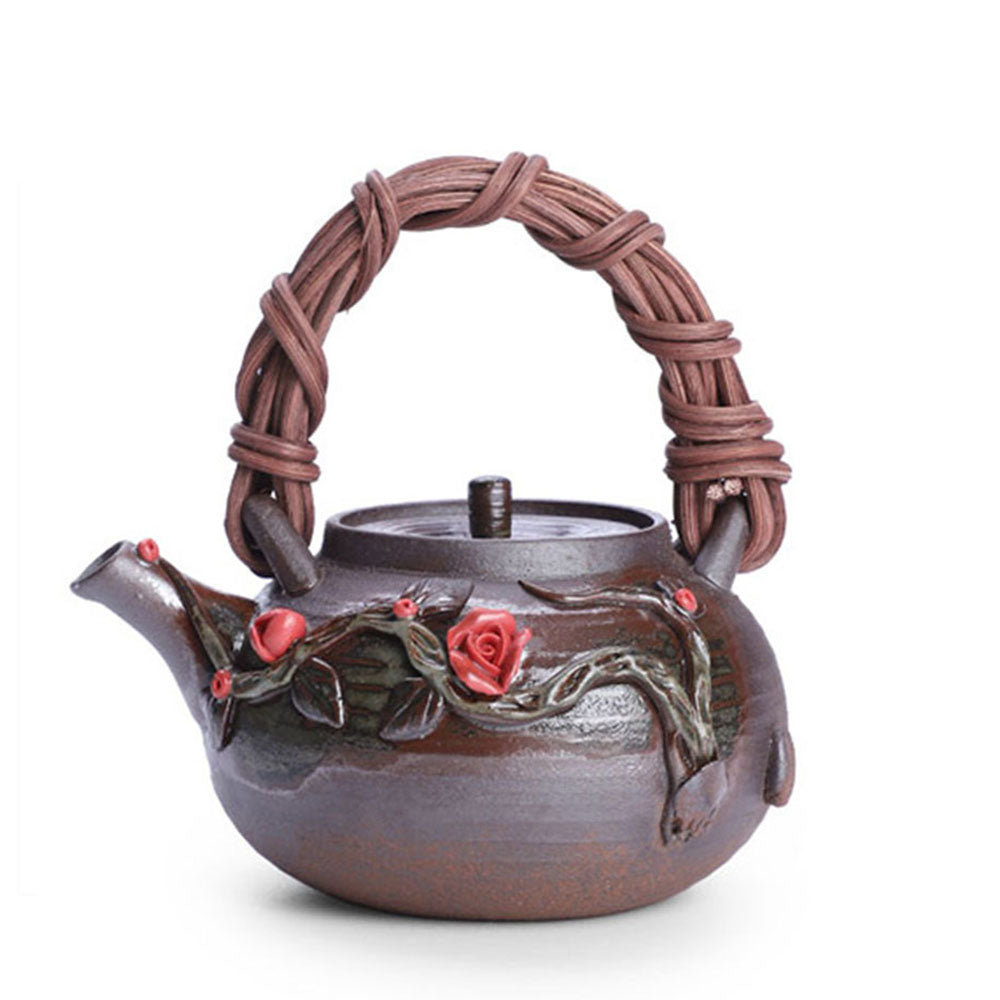 Vendor:Japanese Handmade Rattan Weaving TeapotUmi Tea Sets
Vendor:Japanese Handmade Rattan Weaving TeapotUmi Tea Sets- Regular price
-
$87.98 USD - Regular price
-
$101.18 USD - Sale price
-
$87.98 USD
Quick view
Japanese Teapots – A Heritage Symbol
Tea is an incredibly important element of Japanese culture. Dating back to the 13th century, the 'Japanese tea ceremony' is a way for people to entertain guests, share thoughts, and bond. Japanese teapots serve as an essential component of the ceremony.
But a Japanese teapot isn't just an instrument for pouring tea into cups. Its design, construction, and use incorporate intricate Japanese craftsmanship that seamlessly combines beauty and function. No wonder people who visit Japan often bring a traditional Japanese teapot back home as a token of the culture.
Learn everything about Japanese teapots and what makes them so special in and outside Japan.
What are Japanese teapots?
Japanese teapots are traditional pots used to brew tea. While they're typically used in a Japanese tea ceremony, they're also popular for everyday use.
Traditional Japanese teapot is called 'kyusu' in the Japanese language. Although kyusu refers to any type or style of teapot in Japan, the term is often used to describe a specific teapot outside the country.
These teapots have traditionally been made with porcelain or clay. Today, you can find them in even more materials. Every Japanese teapot is handmade. In fact, their artisanal craftsmanship is what separates them from a regular teapot.
Teapots are part of the extensive Japanese teaware, which includes many different traditional crockery pieces, like the chasen (tea whisk) or the chabon (tea tray).
Tea ceremony is very popular in Japan, which is deeply influenced by Chinese tea culture. So the small and exquisite of tea sets are the pursuit of Japanese. Although, more people will be surprised by the so small quantity when frying tea. As the Japanese tea sets what we can see are relatively small. With the evolution of history, the varieties of Japanese tea pots are increased day by day. And also its tea pots are of the specific value of artistic and aesthetic.
Thanks to the clever technician of Japan, various of art treasures are created. There are three major tea-producing area in Japan : Ashiya Mizuki, Tenmei, Kyoto. It is said that the teapot has no two are the completely same. In line with the spirit of craftsman, all of the Japanese teapot are made by hand. As for its style, its give priority to the Japanese Teapot with hand held and the ones with side fantasy.
Influenced by Chinese tea set, there are many different kinds of Japanese tea pot, which could be made by pottery, porcelain, lacquer, iron, bronze, wood, bamboo, and so on. On the other hand, the Japanese tea pot have a characteristics of mild curve and round, having both ornamental and using function. By contrast, the Japanese tea pot is not as diverse as Chinese tea pot. It has some trait of reserving, mostly are quietly pure and fresh in style, and simple but elegant in color, favoring to show the original face of the material.
Types of Japanese Teapots
Japanese tea boasts a large variety, even though it originates only from the Camellia sinensis plant. Much like the tea, the Japanese teapots also have variety.
There are three main types of traditional Japanese teapots:
Kyusu
In Japanese, kyusu means a teapot. Commonly, kyusu refers to a small teapot with a side handle. A kyusu can also have a back or top handle, but the side handle variety remains the most popular in Japan and abroad.
The kyusu is a small pot with a lid. The side handle allows you to grab the teapot with one hand, using your thumb to hold the lid while pouring the tea. This handle also allows a simple hand twist when adding tea to cups.
The spout of the Japanese Kyusu teapot features a mesh or filter to strain the tea. Kyusu is the most common type of Japanese teapot and is used for green tea (secha) both in tea ceremonies and in everyday life.
Kyusu can be simple in design and look but also elaborate with decorative details.
Hohin
The Hohin or Houhin is a type of Japanese teapot without any handles. These teapots are typically used with higher-grade tea, such as kabusecha and gyokuro.
These higher-grade Japanese teas brew at low temperatures, so the pot isn't hot (less than 60 degrees). This means that it can be handled even without a handle.
Like the Kyusu, the Hohin teapot also has a strainer in the spot. But this strainer has large holes, so it can only be used with higher-grade tea with bigger leaves.
Shiboridashi
Shiboridashi is another handleless Japanese teapot that differs from the Hohin's design and use. While the Hohin has a deeper pot, the Shiboridashi has a shallow plate-like pot. It resembles the Chinese gaiwan teapot.
This type of Japanese teapot is specially designed to brew gyokuro tea. It doesn't have any filter or strainer. The narrow gap between the pot and the lid acts as a filter for the tea leaves. It also has a few lines carved into the bowl for this purpose.
The Craftsmanship behind Japanese Teapots
Traditional Japanese teapots are made by highly seasoned and talented craftsmen. The art of making these teapots out of clay and ceramic has been passed down through generations, with families keeping the tradition of handmade teapots alive.
For instance, the Japanese Gyokko teapot is made in the Gyokko kiln of the Umehara family, known for their artistry in clay teaware.
Most teapots made in Japan come from famous ceramic crafts regions like the Aichi, Gifu, and Mie prefectures. The craftsmen who produce these beautiful teapots are kyusu-shokunin. The material, commonly volcanic clay, is locally sourced from ceramic-producing regions. This clay is rich in minerals, believed to influence the taste of the tea that brews in the pot. So, tea brewed in clay teapots is flavorful and mineral-rich.
Every Japanese teapot is handmade, which means every piece is unique. It's not uncommon to find slight variations in two teapots of the same design and made by the same artisan. Japanese teapots have also absorbed other elements of Japanese culture. A Japanese wabi-sabi teapot embraces the philosophical concept that celebrates imperfection and the rustic simplicity of nature. Such teapots have a minimalistic aesthetic, often with asymmetry or roughness.
How to Use a Traditional Japanese Teapot
The kyusu isn't all looks– it's a practical piece of crockery that makes brewing tea easy.
Here's how you can brew the perfect cup of Japanese tea using a kyusu:
1. Boil water and cool it to brewing temperature: First, boil fresh water in a kettle. Then, let it cool down a little and bring it to the appropriate brewing temperature.
2. Add tea to the pot: Measure the tea leaves (one teaspoon for 250 ml of water) and add the leaves to the kyusu.
3. Pour in the water: Now, add the water slowly to the kyusu. Don't fill it to the brim; leave some room. Close the lid.
4. Let the tea infuse: Let the tea infuse for at least two minutes for green tea.
5. Pour the tea: Rock the kyusu a bit to mix the tea evenly before pouring. Slowly pour the tea into the cup. Enjoy the tea.
Find unique, genuine Japanese teapots at Umi Tea Sets!
Introduction of Japanese Tea Ceremony
Japanese tea ceremony is a kind of ritual service for guests in Japan. Originally known as "tea soup". Like other East Asian tea ceremonies, Japanese tea ceremony is a special culture developed mainly for tea tasting, but the content and form are different form the other country.
The history of the tea ceremony can be traced back to the 13th century. At first, the monks used tea to concentrate their thoughts, and later it became a ceremony to share tea and snacks. Nowadays Japanese tea ceremony is divided into matcha ceremony and sencha ceremony, but the tea ceremony refers to the matcha ceremony which has developed earlier. In the modern tea ceremony, most of the host prepares tea, snacks, and fruits to entertain the guests, and both the host and the guests follow fixed rules and procedures. Besides the food, the spirit of the tea ceremony also extends to other aspects; the layout of the tea room, the decoration of the garden, and the teaware for drinking tea are the key points of the tea ceremony.

What is the Difference between Chinese teapots and Japanese Teapots?
Both Chinese teapots and Japanese teapots have a long history. But after a long period of development between both of them, while learning from each other, there are also many differences.
1.The usage is different. The Chinese teapots are mainly use for brewing tea. Japanese teapots are boilers, which are equivalent to our teapots for boiling water.
2.In aesthetic appeal aspect, Chinese teapots probably have two main lines of development. One is used by the court and nobles, like pastel teapot . Another main line of development is for literati taste, which is largely manifested in Yixing purple clay teapots. Most of these teapots do not pursue gorgeous and changeable shapes. It pays more attention to the literati traditions since the ancient Ming Dynasty, for example, they pursuit of mountains and rivers, scenery and put the pursuit of a lifetime into the tea. In Japan, whether it is emperor or the common people, what they pursue is a kind of calmness, a kind of harmony with nature, which is related to their national characteristics and cultural traditions. So just from the teapot itself, we can't even clearly distinguish whether a teapot comes from a royal family or an ordinary person. But the overall performance is simple and simple, it’s more similar to Chinese literati tradition.
There is vast collection of Japanese teapots suitable for various occasion. The shape and size of Japanese ceramic teapots makes it a popular choice for many. If you are tea lover or looking for Japanese teapots, with these antique Japanese teapots are a smart choice.
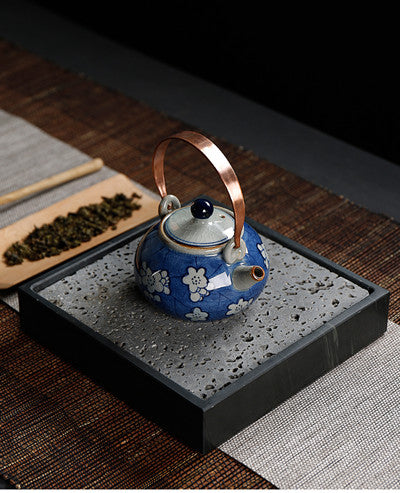
Find unique, genuine Japanese teapots at Umi Tea Sets!
If you want to add a traditional Japanese teapot to your tea brewing routine, Umi Tea Sets carries authentic Japanese teaware made in Japan by expert craftsmen. From coarse pottery to zen stone, you can find different styles of kyusu to bring some Japanese culture into your home. Explore our unique collection and find your next teapot for brewing the perfect green tea!












